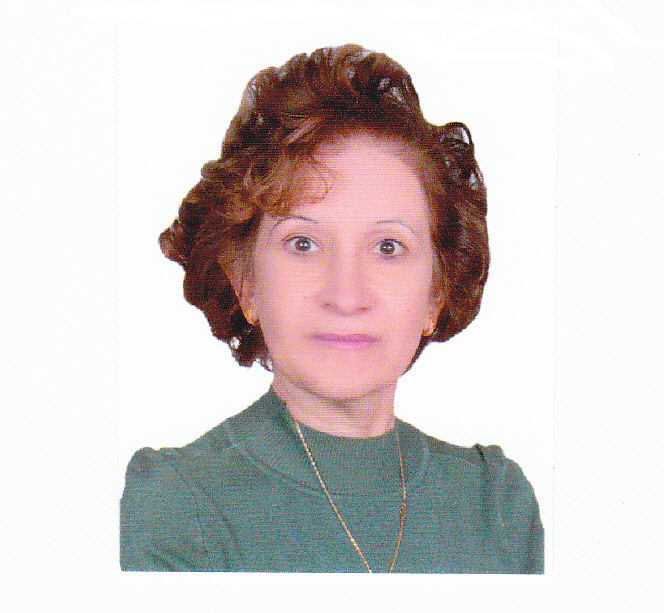Amal Muhammad Saleh
@uobaghdad.edu.iq
Soil Science and Water Resources
University of Baghdad
EDUCATION
Soil survey, soil mapping, is the process of classifying soil types and other soil properties in a given area and geo-encoding such information. It applies the principles of soil science, and draws heavily from geomorphology, theories of soil formation, physical geography, and analysis of vegetation and land use patterns. Primary data for the soil survey are acquired by field sampling and by remote sensing. Remote sensing principally uses aerial photography, but LiDAR and other digital techniques are steadily gaining in popularity. In the past, a soil scientist would take hard-copies of aerial photography, topo-sheets, and mapping keys into the field with them. Today, a growing number of soil scientists bring a ruggedized tablet computer and GPS into the field with them. The tablet may be loaded with digital aerial photos, LiDAR, topography, soil geodatabases, mapping keys, and more.
RESEARCH INTERESTS
soil survey and Classification
FUTURE PROJECTS
Remote Sensing in Soil Science
Remote sensing techniques and Geographical Information System (GIS) techniques are used to estimate soil types and its spatial distribution with reasonable costs and much better accuracy in very larger earth spaces. Soil erosions were estimated by remote sensing, geographical information system and. In general, remote sensing data were used to create the cover management factor image by land cover classifications, while Geographical Information System tools were used for derive the topographic factor from DEM (Data Elevation Model) data. Remote sensing methods provided perspective for spatial and instantaneous measurement of soil content. Thermal emissions from soils in the region were used to find soil series and sensitivity of the surface. Less amount of water in a soil that emits low amount of microwave radiation. Soil series were calculated by active microwave remote sensing via synthetic aperture radata data. Microwave radiometer widely used for mapping large area soil types.
Applications Invited
Remote Sensing is the process of detecting and monitoring the physical characteristics of an area.
Soil Taxonomy
Soil taxonomy is the system of soil classification used for mapping and classifying soils by the National Cooperative Soil Survey in the United States; it is used in many other countries as well. Soil taxonomy is a hierarchical soil classification system with six categories, or levels: order, suborder, great group, subgroup, family, and series. Soil taxonomy is a morphogenetic soil classification system using diagnostic horizons and features to infer pathways of soil genesis and formation. It employs a unique mnemonic system based on Greek, Latin, or other root words for assigning names to taxonomic classes. Soil orders and suborders are well suited to small-scale maps, illustrating patterns of soil geography for continents or nations. The lower soil classification categories are suited to more detailed soil-mapping efforts, which depict regional and local soil patterns.
Applications Invited
Soil classification is a window into knowledge about soils at a given moment in time.
GIS in Soil Science
The use of GIS in soil mapping is called Digital Soil Mapping (DSM), which involves creating geographically referenced soil databases from spatially explicit environmental features and field surveys. The data that goes into creating these DSM use remote sensing technologies. Prior to the use of remote sensing, traditional soil surveys were entirely field-based and consequently were labor-intensive, time-consuming and expensive. A traditional soil survey would involve soil samples being collected at regular intervals throughout the plot of land. But, with advances in GIS software much can be done without the use of field surveys now. This doesn’t mean traditional soil surveys are not completely done for, as most DSM surveys will require an element of ground-truthing and hands-on data collection. However, the fieldwork is significantly reduced. Today, most soil scientists will go into the field with digital imagery already uploaded onto a rugged tablet or handheld computer.
Applications Invited
Spatial variability is a term indicating changes in the value of a given property over space.
Scholar Citations
Scholar h-index
Scholar i10-index

